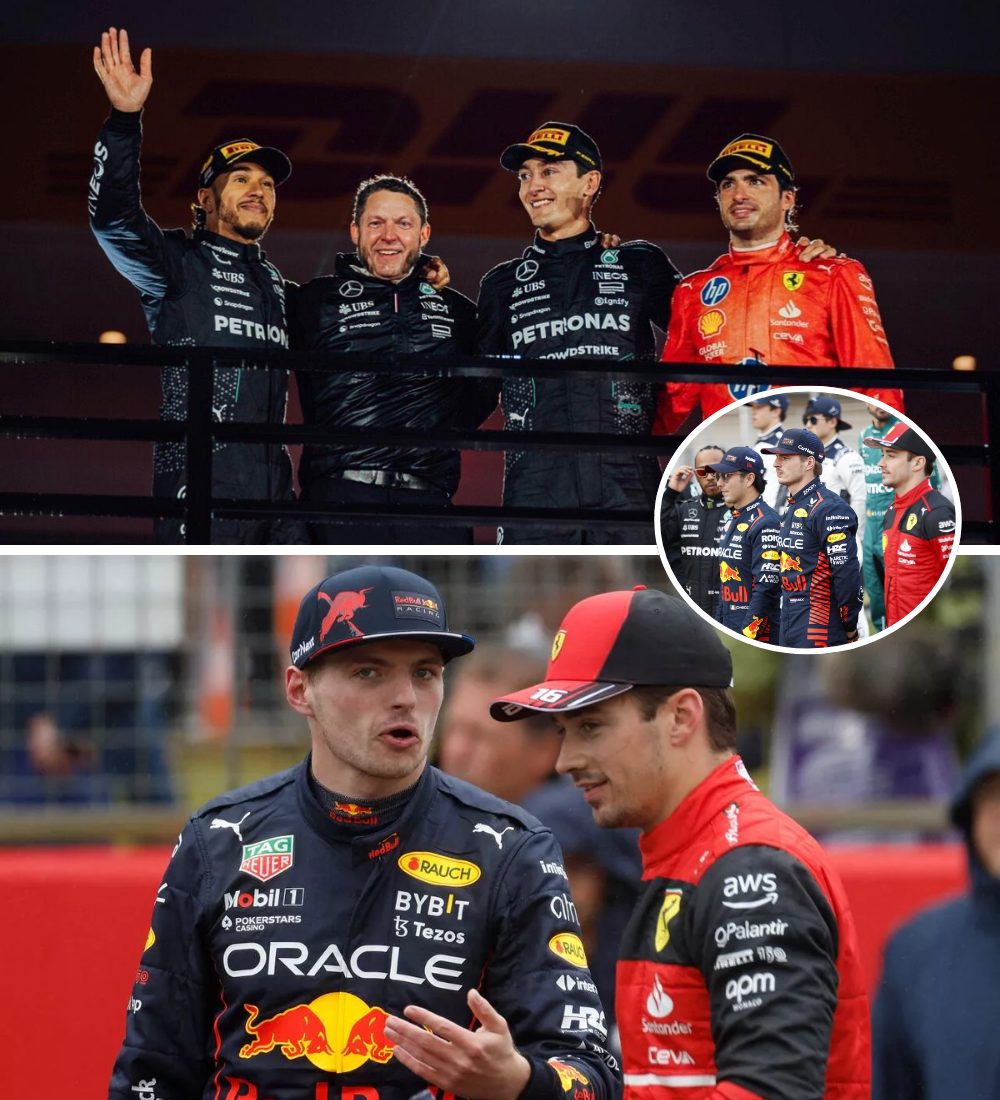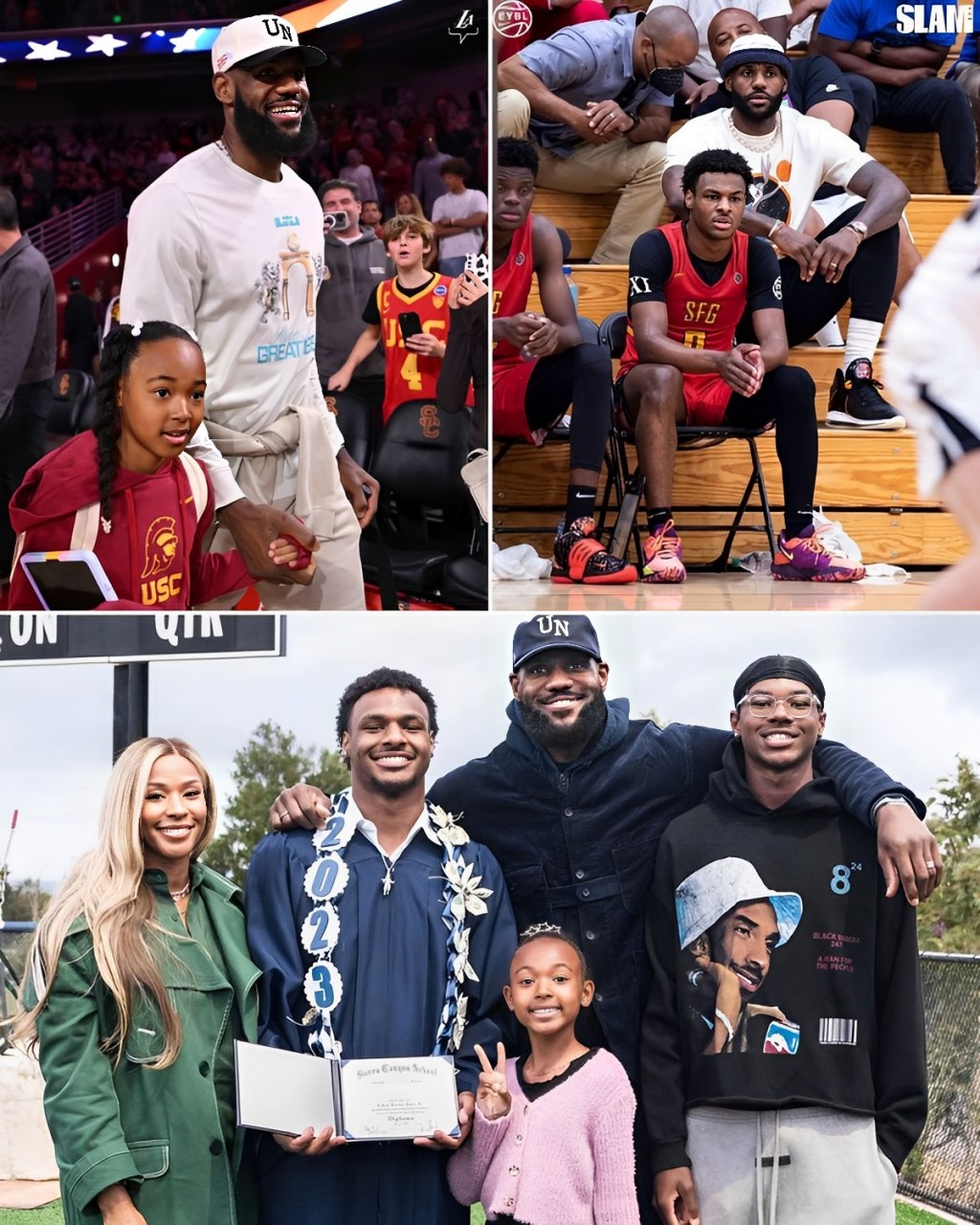Two weeks ago, Los Angeles Dodgers star Shohei Ohtani stepped to the plate in Miami and did something unseen in MLB history: He became the first player to hit 50 home runs and steal 50 bases in a single season.
It was a thrilling moment for fans, too — the chance to witness that history plus the hope of walking away with a piece of it. As soon as Ohtani’s 50/50 home run ball landed in the left-field seats at LoanDepot Park, chaos ensued. Videos from social media show the chase. Fans dove over chairs, tables and each other trying to snag the ball and, with it, the prospect of selling it for millions of dollars on the memorabilia market.
The outcome of that scramble has sparked at least two lawsuits in what one expert described as a “once in a generation” legal dispute that has raised questions about the fate of the ball. But as a Florida court sorts through the matter, there may be some legal precedent at play.
This is not the first time there has been a legal dispute over a milestone home run ball. Litigation followed Barry Bonds’ 73rd home run in 2001 and his 700th career home run in 2004. Ultimately, the $450,000 paid for Bonds’ 73rd home run ball was split between two owners after a lawsuit. The California Superior Court’s 2002 decision in Alex Popov v. Patrick Hayashi is now largely viewed as a defining case on the issue of who owns a home run baseball. Bonds’ 700th career homer, however, sold for roughly $800,000 with the proceeds going to just one man despite similar disputes over ownership.
ESPN spoke with appraisers, lawyers and legal experts, including those involved in the Popov v. Hayashi case, to address several key questions about this case. The following people were asked about the lawsuits and their opinions on who they think owns the Ohtani ball: Donald Tamaki, who represented Hayashi in the Bonds 73rd home run ball case; Brian Gray, a witness for Hayashi and now an emeritus professor of law at UC Law San Francisco; Paul Finkelman, an expert witness for Popov and an emeritus professor of law at Albany Law School; Tom Nealon, a law professor at the University of Miami; and Leila Dunbar, a longtime appraiser of collectibles on “Antiques Roadshow” and former senior vice president of collectibles at Sotheby’s. The following has been edited for clarity.

Q: First, what happened that day at the park?
As the ball bounced and rolled around, several people scrambled for the potential windfall. Eventually, as fans tend to do at ballparks, Chris Belanski stood and held the coveted ball above his head in a universal sign of triumph. Max Matus, 18, stood nearby and pulled his empty left hand out of the fray, without Ohtani’s 50/50 home run ball.
MLB quickly authenticated the ball, and Belanski walked away with his prize.
Q: How did the lawsuit come about and where does it stand now?
After days of speculation about the ball’s location, it surfaced on Sept. 25, when Goldin Auctions announced it would put it up for auction and offer it up to the highest bidder with a limited “buy it now” price of $4.5 million. The next day, Matus filed a civil lawsuit in Miami-Dade County’s 11th Judicial Circuit Court claiming ownership of the ball and seeking a temporary injunction to halt the planned auction. The lawsuit named Belanski, his associate Kelvin Ramirez and Goldin Auctions as defendants, and said Belanski “wrongfully and forcefully” obtained possession of the ball from Matus.
Judge Spencer Eig held an emergency hearing on Sept. 26 and decided the auction could proceed, but he delayed a full evidentiary hearing until Oct. 10. Eig said the ball cannot be sold, concealed or transferred until there’s a ruling in the case. Goldin confirmed to ESPN that the baseball is currently “being stored in a secure location.”
Bidding on the ball has reached $1.2 million, not including a standard 20% buyer’s premium.
Late last week, a second fan filed suit claiming he was the rightful owner of the ball. Joseph Davidov said he “firmly and completely” grabbed the ball before another fan “jumped over the railing” and “attacked” Davidov, jarring the ball loose and, ultimately, into Belanski’s possession.

Q: How does the “custom of baseball” affect how the court might decide who owns the Ohtani 50/50 baseball?
Tamaki: The principle of ownership [in general] is determined by the custom of the industry. [For example] in whaling cases where they’re chasing one poor whale, what emerged was the custom that the first guy who put a spear in the whale owns it. But the custom of baseball is different. It’s not the first guy who touches it. It’s the first guy that ends up with it.
Gray: The custom and practice of baseball goes back over 100 years. People sitting in the stands, they’ve kind of worked it out, because in almost every case, when somebody catches the ball, they get cheered. And when somebody fails to catch the ball, it goes in their glove and pops out, they get jeered.
Occasionally, you see an adult pick up a ball when a little kid is an inch away from it, they get jeered. It’s their ball, nonetheless, but it’s very unpopular.
The fans historically and today have paid a lot of attention to this. It’s a silly little thing, but every now and then, it’s worth a lot of money. Nobody has consciously thought it through, but there’s a custom, and you can see that custom. I urged the court in the Barry Bonds case to adopt a rule based on the long-standing custom and practice of baseball fans.
Finkelman: If two people are hunting the same animal, the guy who shoots the animal and 𝓀𝒾𝓁𝓁s it is the owner, not the guy who might have been chasing it for an hour. If you’re walking down the street and you find a watch lying on the ground — somebody lost it, there’s no way to determine who owns it and you pick it up, you now own it.

Q: In your opinion, who is the owner of the Shohei Ohtani 50/50 ball?
Gray: It looks to me like Belanski and Matus have possession and it’s impossible to tell unless there’s testimony, unless they come up with some person who actually saw their hands and saw who got their fingers around the ball first. I would say the evidence is clear that they are the only two legitimate claims to the ball. The appropriate thing to do would be to order the ball sold and split the proceeds because the evidence is indeterminate.
Nealon: I think that will be the one area where the judge may be wishing or hoping that there’s more video available. … It’s probably the ultimate example of possession being nine-tenths of the law.
Tamaki: The question is, does Matus in this case have any witnesses that basically show that the guy who ended up with the ball actually took it from him?
Finkelman: There’s no such thing as joint possessory interest. There’s no joint anything; either one of the people caught the ball and therefore became the owner the minute he caught it, or he didn’t catch the ball, it’s rolling around on the ground and somebody else picked it up.
[In the Ohtani case], it seems to me, if you have these videos, you can break them down frame-by-frame and perhaps see who’s holding the ball. We can’t really see it. But this strikes me as a case that’s ripe for serious analysis of how we’re going to deal with these things. If Matus has the ball in his hand — or has it under [his] control — then it’s his ball. From what I’ve seen from the complaint, it strikes me that Mr. Matus has a very strong case.
Q: What about the third fan — Davidov — who claimed ownership of the ball? What chance does he have?
Nealon: They also had a video that I think pretty effectively undercuts the argument of Davidov, because the video shows him congratulating the person who ultimately had the ball, and security came to secure him and the ball. So I doubt that when the judge sees that video, they’re going to feel particularly compelled to think that Davidov has a superior claim to the ball.
Gray: Well, unless Davidov can prove that he had it in his hands first and maybe somebody yanked it out of his hands, he has no claim at all.
Q: What issues might arise with Goldin Auctions putting this baseball up for auction when there is this legal controversy still brewing?
Gray: I would worry if I were their attorneys about auctioning off and then giving away an item where there’s no clear title. I think the lack of clear title possibly could affect the value, because if the property is auctioned off and then a year from now, the court decides that Matus is the owner, the ball is going to have to go to Matus as the prior possessor, and you’re going to have to seek a refund of your money from the auction house. So it could affect the value of the property.
Dunbar: As shown with Bonds’ 73rd home run ball, controversy can negatively impact the potential sale value: It negatively impacted the sales of Pete Rose game-used memorabilia. I’m not a lawyer, so it’s hard to answer, but it appears the court case will be settled so that the auction can go on. It’s possible the judge will use the precedent of other disputes and have the two fans split the proceeds.

Finkelman: As long as this lawsuit is pending, nobody has a clear title to the ball. If you’re buying a house, your real estate agent will determine whether the person selling the house actually owns the house. In property transactions, 99% of the time, you have a very clear system of how it works. So if Belanski doesn’t own the ball, the auction house can’t sell it. It’s entirely possible — highly likely, actually — that the judge will say there’s a significant material question about who owns this ball, therefore, I’m going to continue the injunction on selling the ball.
Q: What is MLB’s stance on who owns the ball?
MLB would not comment specifically on the Ohtani ball. A spokesperson from MLB said: “Major League Baseball authenticates the balls and that’s the end of their involvement.” A spokesperson from the Miami Marlins told ESPN: “We don’t have an explicit policy, but the fan gets to keep the ball.”
Finkelman: They don’t have to do this, but [MLB] teams have essentially said, ‘We abandon any ownership claim,’ — a brilliant marketing tool. All teams have decided that it’s in the best economic interest of baseball to get fans to want to come to the stadium in the hopes that they can get a ball.
Q: How has the memorabilia market changed over the years?
Dunbar: From 2008 to 2020, I appraised $1 billion in memorabilia for insurance, donation, celebrity estates. From 2020 to 2024, I have appraised $2 billion alone, which shows the top of the market, like the salaries paid for athletes, and the value of sports franchises, is at an unprecedented high which is hard to fathom for most folks.
On one hand, it is fantastic in that it now puts significant sports artifacts at a level with art and jewelry, as sports memorabilia for a long time was considered to be many levels below prior to the recent rise in the market.
It’s exciting that some of these mementos can be lottery tickets for lucky fans. But it also exposes the ugliness and greed that can come out of it, an unfortunate by-product, and exacerbates the haves and have-nots.






